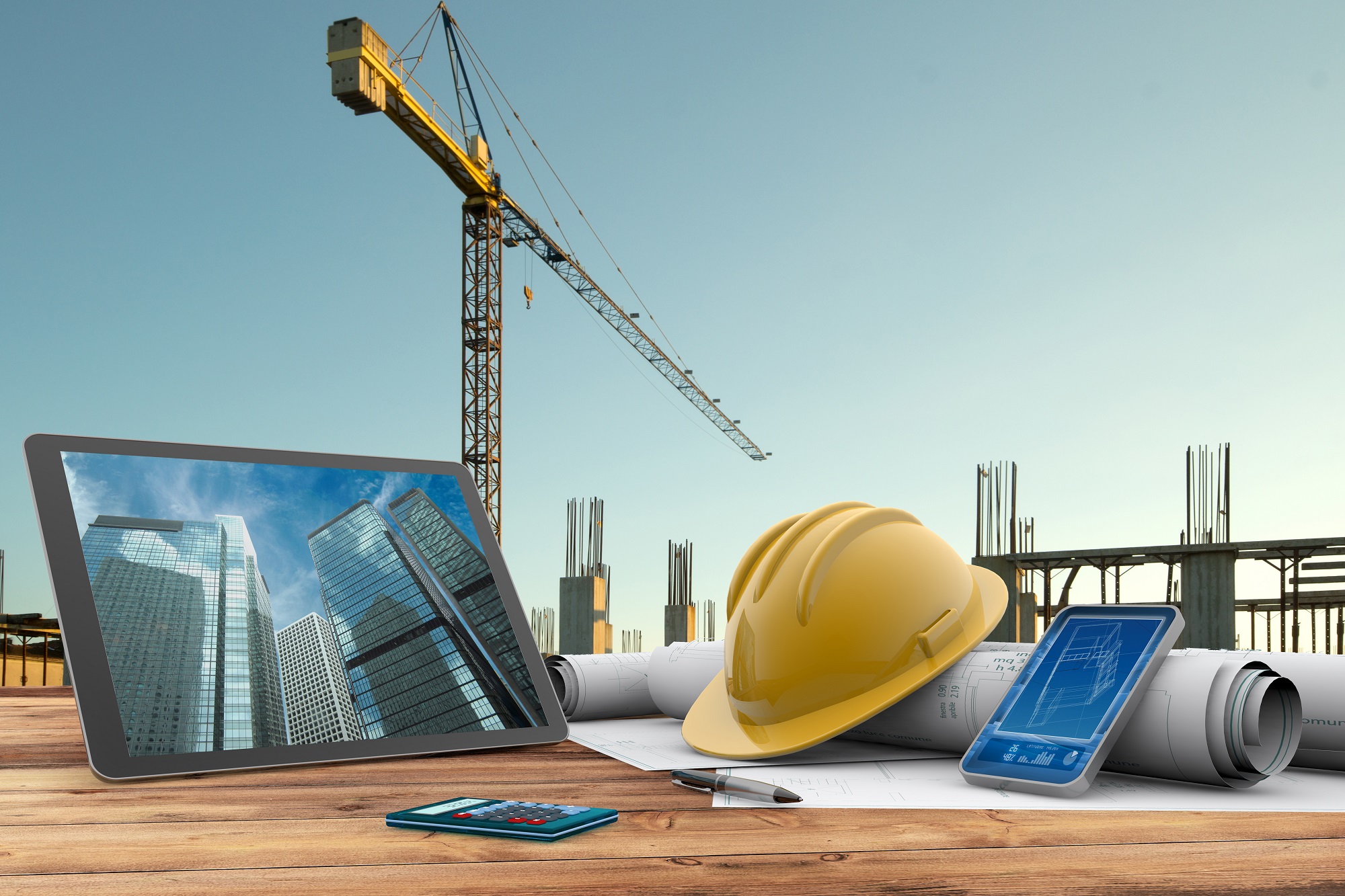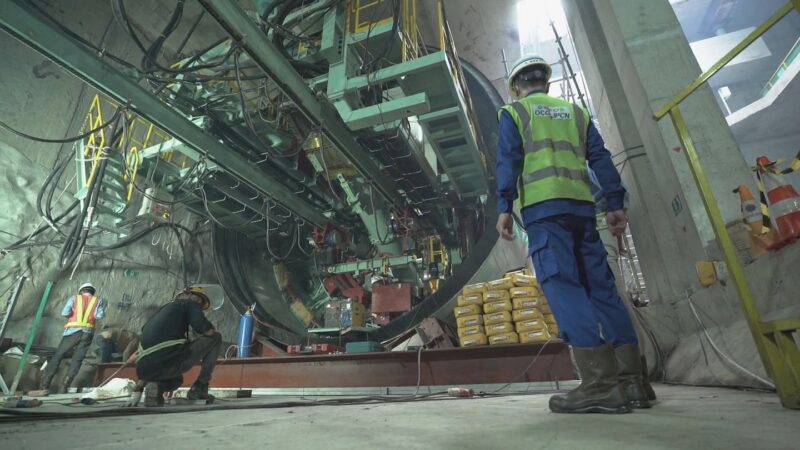As the world moves ever forward, the commercial construction industry is undergoing a revolution due to advances in technology. From automated machinery to new materials and processes, modern construction projects are pushing boundaries and creating structures that could never have been imagined before.
In this article, we will explore how these technological developments are transforming the way buildings get made – from conception to completion.
We’ll look at some of the key innovations in commercial construction tech as well as examine buildops commercial construction glossary impact on the future of our built environment. So join us now for an exciting journey through time and space into a brand new era of building for tomorrow!
Emerging Technologies Transforming Commercial Construction

The commercial construction industry is undergoing a massive transformation as emerging technologies are revolutionizing the way projects are designed, built, and managed. From powerful 3D visualization tools to robotic labor, there is an array of new tools that enable architects, engineers, and builders to bring their designs into reality faster than ever before.
Augmented reality (AR) and virtual reality (VR) allow designers to create realistic simulations of buildings to test out different ideas before commencing with actual construction work. Building information modeling (BIM) software allows for efficient data management throughout the entire project lifecycle by providing detailed 3D models that can be used for everything from planning and design to construction management.
Artificial intelligence (AI) has also become increasingly important in helping automate the tedious tasks involved in commercial building projects such as cost estimation, scheduling, and resource allocation optimization.
In addition, automated machinery like drones can save time on surveying land or analyzing job sites which can significantly reduce costs associated with labor-intensive activities during the pre-construction phase of a project. All these advancements have made it possible for commercial constructors to increase productivity while reducing risk – making them more competitive within this ever-changing industry.
Automation and Robotics: A Changing Landscape in the Industry

Automation and robotics are revolutionizing the commercial construction industry. Using advanced technology, companies can now build more efficiently than ever before with increased accuracy, safety, and speed. Automated machines can perform many of the tasks typically done by hand such as welding or cutting steel beams – resulting in much faster timelines for projects. Robotics has also enabled construction professionals to work remotely using augmented reality headsets that allow them to monitor progress on a job site without having to be physically present. Furthermore, autonomous vehicles are being tested for use on large-scale job sites where they can transport workers and materials quickly across long distances while avoiding accidents or delays due to traffic or weather conditions. With these advances in automation and robotics, the landscape of commercial construction is rapidly changing – making it easier for businesses to keep up with trends and remain competitive in an ever-evolving market.
Smart Buildings: The Future of Sustainable Design
Smart buildings are the future of sustainable design in commercial construction. With the ever-increasing demand for energy efficiency and environmental sustainability, smart building technology is becoming a crucial factor in modern construction projects.
By leveraging cutting-edge technologies such as artificial intelligence (AI), Internet of Things (IoT) devices, sensors, and automated systems, smart buildings can provide better control over operational costs while also reducing their carbon footprint. Smart building technology enables more efficient use of resources by providing real-time data about energy usage and other factors that affect performance.
This allows for proactive management decisions that reduce waste, conserve resources, and ensure maximum return on investment from any given project. Additionally, this type of technology can help developers create new designs with reduced environmental impact without sacrificing functionality or aesthetics.
As we move forward into an increasingly connected world with greater emphasis placed on sustainability initiatives, smart buildings will become even more commonplace as the industry looks to meet the needs of our changing environment.
Advances in Materials Science Revolutionizing Commercial Construction

Advances in materials science are revolutionizing the commercial construction industry, allowing for the faster and more cost-effective building of structures. New methods of constructing buildings have emerged that make use of novel materials with unique properties, such as ones that are stronger yet lighter than traditional materials.
These new materials enable builders to create large projects quickly and inexpensively while still maintaining a high level of quality.
These advances allow for the increased use of green building practices, which is beneficial both environmentally and economically. With highly durable yet lightweight material options available on the market today, commercial construction technologies can ensure the successful completion of any project without sacrificing safety or reliability.
The future looks bright for those in the commercial construction industry thanks to these innovative advancements in materials science and technology!


